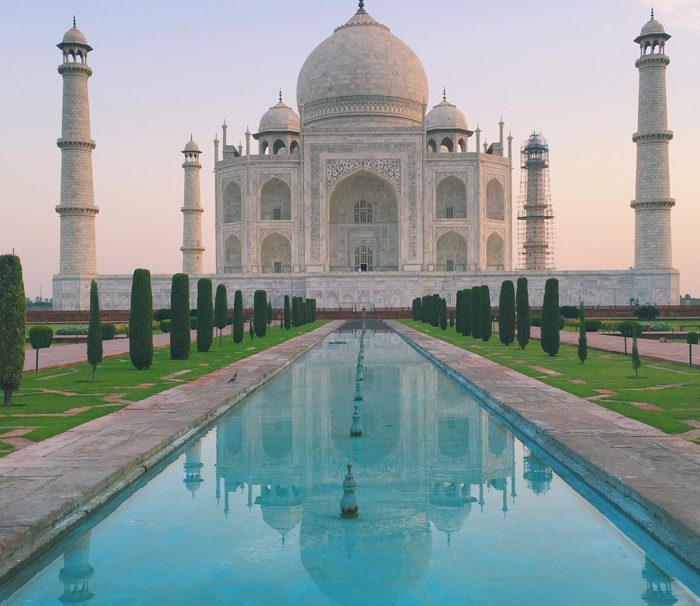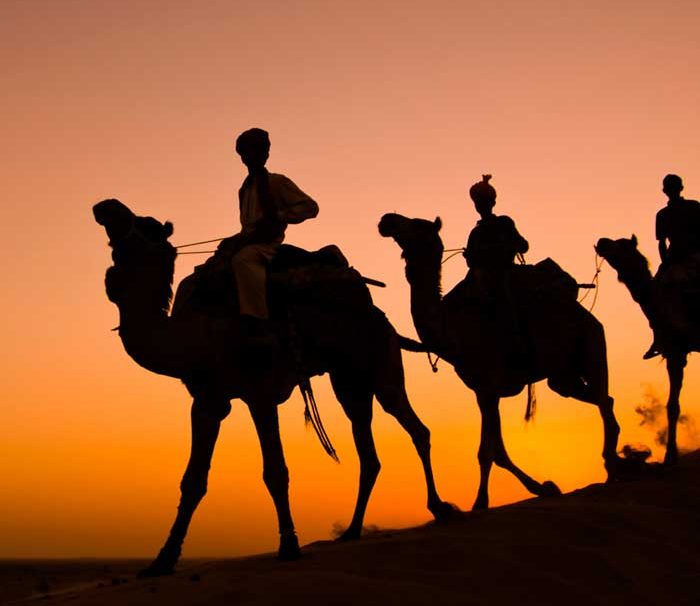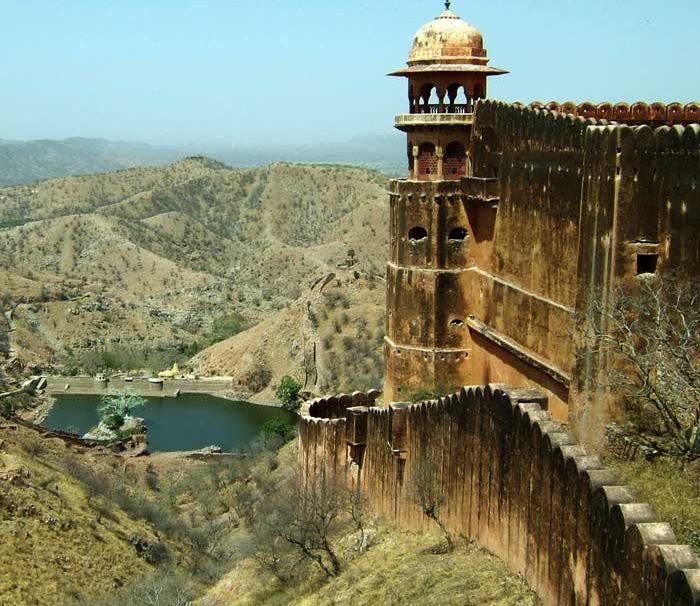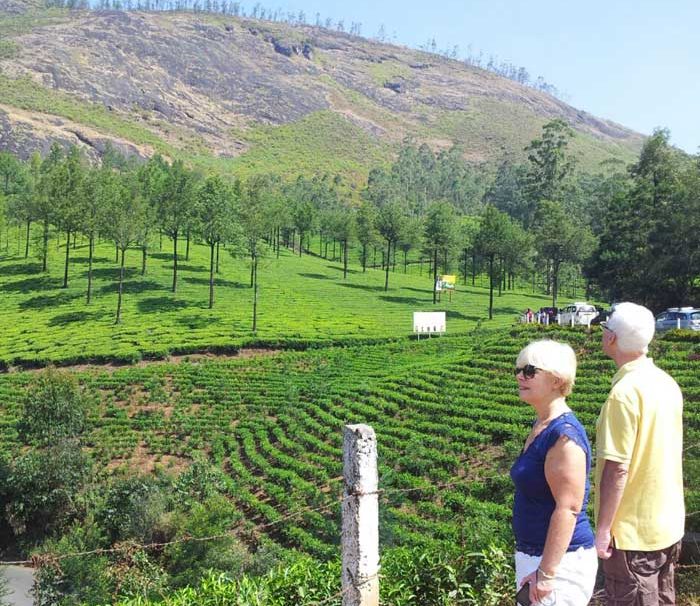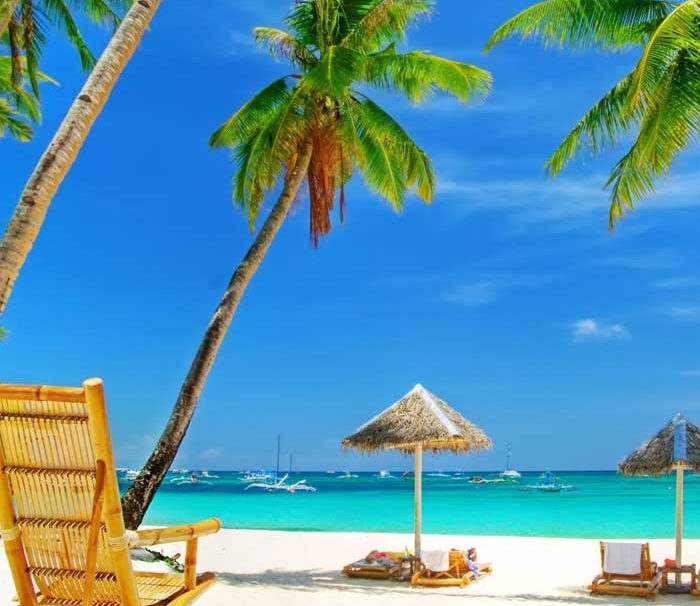Delhi, known locally as Dilli National Capital Territory of Delhi (NCT), is the largest metropolis by area and the second-largest metropolis by population in India. It is the eighth largest metropolis in the world by population with more than 12.25 million inhabitants in the territory and with over 15.9 million residents in the National Capital Region region. The name Delhi is often also used to include some urban areas near the NCT, as well as to refer to New Delhi, the capital of India, which lies within the NCT. The NCT is a federally administered union territory. Located on the banks of the River Yamuna, Delhi has beencontinuously inhabited since at least the 6th century BC. After the rise of the Delhi Sultanate, Delhi emerged as a major political, cultural and commercial city along the trade routes between northwest India and the Indo-Gangetic plains.[5][6] It is the site of many ancient and medieval monuments, archaeological sites and remains. In 1639, Mughal emperor Shahjahan built a new walled city in Delhi which served as the capital of the Mughal Empire from 1649 to 1857.
When India gained independence from British rule in 1947, New Delhi was declared its capital and seat of government. New Delhi houses important offices of the federal government, including the Parliament of India. Owing to the migration of people from across the country, Delhi has grown to be a cosmopolitan metropolis. Its rapid development and urbanisation, coupled with the relatively high average income of its population, has transformed Delhi. Today Delhi is a major cultural, political, and commercial center of India

